Resources
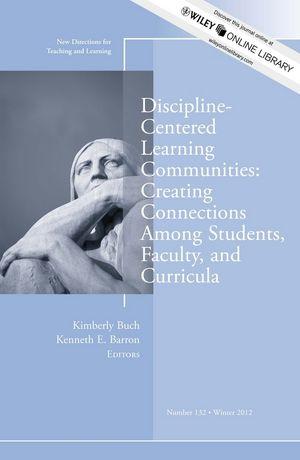
Take an in depth look at discipline-centered learning communities. Using psychology as an example, this issue provides prescriptive advice for those interested in developing a learning community in any academic discipline or program. Learning communities are a powerful vehicle for creating and sustaining connections among students, faculty, and the curriculum, but creating one can be a challenge. By providing resources, practical case studies, and theoretical grounding, this volume can both inspire and guide faculty, staff, and administrators in meeting their pedagogical and curricular goals. Learn how the five types of learning communities—based curricularly, residentially, in the classroom, on the students themselves, and even virtually—can be used to enhance student engagement and learning. Illustrating the versatility of the practice across a wide range of settings, student populations, and institutional types, this issue also contains an extensive listing of resources that go beyond disciplinary boundaries and open possibilities for all in higher education.  This is the 132nd volume of this Jossey-Bass higher education series. New Directions for Teaching and Learning offers a comprehensive range of ideas and techniques for improving college teaching based on the experience of seasoned instructors and the latest findings of educational and psychological researchers. (From the Publisher)
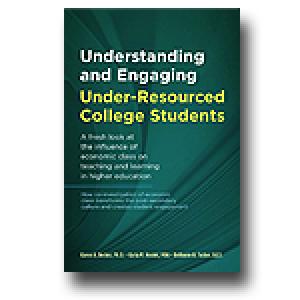
The degree to which your post-secondary school understands and supports students from poverty makes all the difference in meeting your recruitment, retention, and graduation goals. Understanding your students starts with better information about their personal experience of poverty, and about the skills and strengths they bring with them to college. Supporting your students involves creating opportunities to access a variety of resources, remedial education relevant to their lives, and fully engaged relationships inside of school and out. You'll learn to: Recognize the impact of economic class on student preparedness and educational success Build on students' existing resources, experiences, and abilities Encourage student success through curriculum design and programming Partner with communities and businesses to support academic progress Help students look beyond the classroom through service learning and civic engagement (From the Publisher)
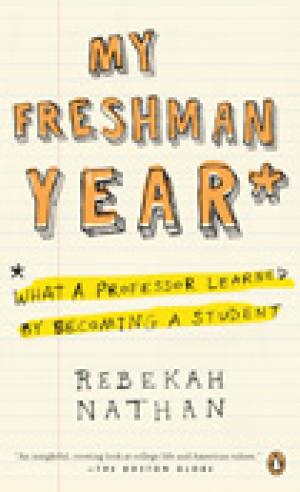
A revealing look at the college freshman experience, from an insider's point of view. After fifteen years of teaching anthropology at a large university, Rebekah Nathan had become baffled by her own students. Their strange behavior—eating meals at their desks, not completing reading assignments, remaining silent through class discussions—made her feel as if she were dealing with a completely foreign culture. So Nathan decided to do what anthropologists do when confused by a different culture: Go live with them. She enrolled as a freshman, moved into the dorm, ate in the dining hall, and took a full load of courses. And she came to understand that being a student is a pretty difficult job, too. Her discoveries about contemporary undergraduate culture are surprising and her observations are invaluable, making My Freshman Year essential reading for students, parents, faculty, and anyone interested in educational policy. (From the Publisher)
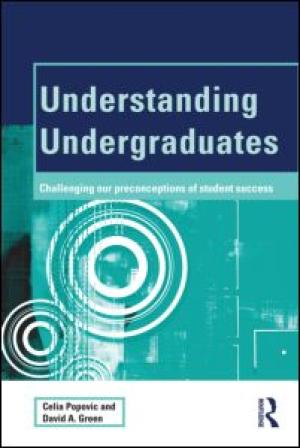
Most university teachers have ideas about the typical good or not-so-good student in their classes, but rarely do they share these thoughts with others. By keeping quiet about the preconceptions – or stereotypes – they harbour, teachers put themselves at risk of missing key evidence to help them revise their beliefs; more importantly, they may fail to notice students in real need of their support and encouragement. In this unique work, the authors explore UK and US university teachers’ beliefs about their students’ performance and reveal which beliefs are well-founded, which are mistaken, which mask other underlying factors, and what they can do about them. So is it true, for instance, that British Asian students find medicine more difficult than their white counterparts, or that American students with sports scholarships take their studies less seriously? Is it the case that students who sit at the front of the lecture hall get better grades than those who sit at the back? By comparing students’ demographic data and their actual performance with their teachers’ expectations, the authors expose a complex picture of multiple factors affecting performance. They also contrast students’ comments about their own study habits with their views on what makes a good learner. For each preconception, they offer clear advice on how university teachers can redesign their courses, introduce new activities and assignments and communicate effective learning strategies that students will be able to put into practice. Finally, the authors explore the ramifications of teachers’ beliefs and suggest actions that can be taken at the level of the institution, department or programme and in educational development events, designed to level the playing field so that students have a more equitable chance of success. Ideal for both educational developers and university teachers, this book: • reveals general tendencies and findings that will inform developers’ own work with university teachers, • provides practical guidance and solutions for university teachers to be able to identify and address students’ actual – rather than assumed – needs, • explores means of addressing and challenging people’s natural tendency to rely on preconceived ideas and stereotypes, and • explains an action research method that educational developers can use on their own campuses to unravel some of the local preconceptions that may be hampering student success. (From the Publisher)
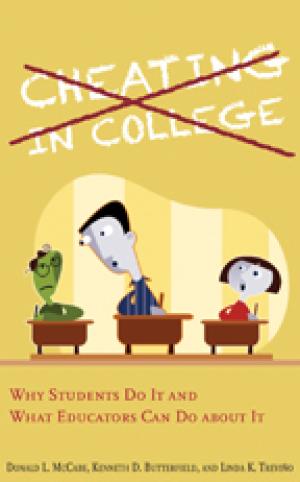
Today's students are tomorrow's leaders, and the college years are a critical period for their development of ethical standards. Cheating in College explores how and why students cheat and what policies, practices, and participation may be useful in promoting academic integrity and reducing cheating. The authors investigate trends over time, including internet-based cheating. They consider personal and situational explanations, such as the culture of groups in which dishonesty is more common (such as business majors) and social settings that support cheating (such as fraternities and sororities). Faculty and administrators are increasing their efforts to promote academic honesty among students. Orientation and training sessions, information on college and university websites, student handbooks that describe codes of conduct, honor codes, and course syllabi all define cheating and establish the consequences. Based on the authors' multiyear, multisite surveys, Cheating in College quantifies and analyzes student cheating to demonstrate why academic integrity is important and to describe the cultural efforts that are effective in restoring it. (From the Publisher)
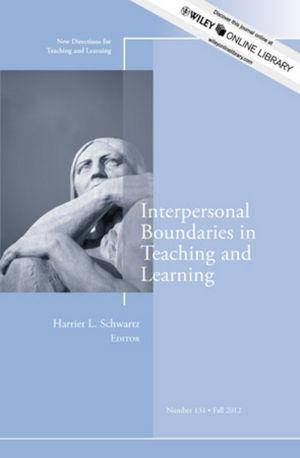
New Directions for Teaching & Learning, Number 131 While issues of interpersonal boundaries between faculty and students is not new, more recent influences such as evolving technology and current generational differences have created a new set of dilemmas. How do we set appropriate expectations regarding e-mail response time in a twenty-four-hour, seven-day-a-week Internet-connected culture? How do we maintain our authority with a generation that views the syllabus as negotiable? Complex questions about power, positionality, connection, distance, and privacy underlie these decision points. This sourcebook provides an in-depth look at interpersonal boundaries between faculty and students, giving consideration to the deeper contextual factors and power dynamics that inform how we set, adjust, and maintain boundaries as educators. This is the 131st volume of this Jossey-Bass higher education series. New Directions for Teaching and Learning offers a comprehensive range of ideas and techniques for improving college teaching based on the experience of seasoned instructors and the latest findings of educational and psychological researchers. From the Publisher
One page Teaching Tactic: helping students to reflect on their reading practices.
Several charts and graphs are presented regarding undergraduate education in the U.S. including a graph on marital status of students, a pie chart on part-time student enrollment, and a table which lists percentages for students attending community, public, and private colleges.
Effective pedagogy in the capstone course or integrative seminar — a 1000 word response to a Call for Papers.